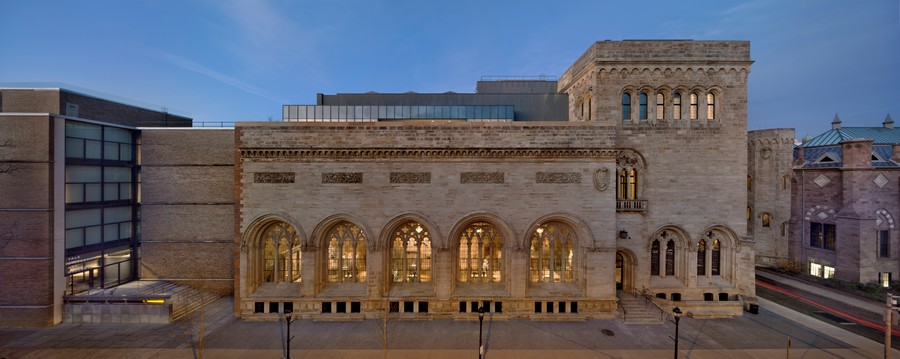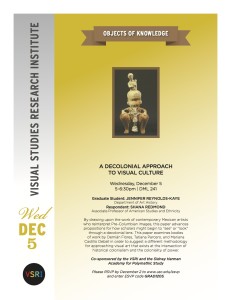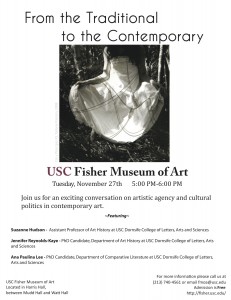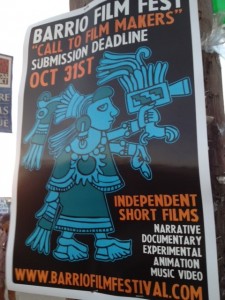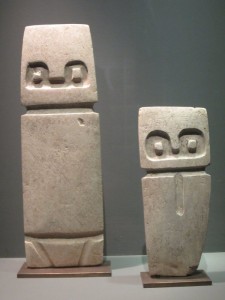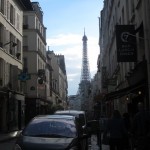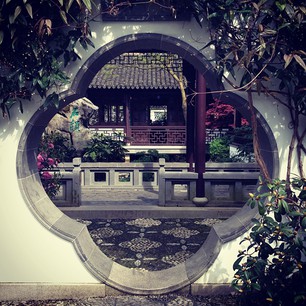It’s been way too long since I’ve last written, and so much has happened! I finished my PhD at USC in May 2014 and one day after walking down the stage to receive my hood, hopped on a plane with my family and crossed the country en route to New Haven. As a born-and-raised Californian, I had doubts about the East Coast, to say the least. But, after just a year-and-a-half, I feel like I should have been a New Englander all along. I am kind of obsessed with the four seasons (though we’ll see about the big snow storm predicted for tomorrow). I think the Yale Art Gallery is just the most amazing teaching museum, and I am having the best time as the Cullman-Payson Fellow in the Education Department. I wish I could stay forever, but my fellowship ends in July 2017, alas, only a month after my show comes down. It’s going to be a sad time.
Show. Yes, I am curating my very own exhibition. It’s insanely exciting and completely mind-boggling that I am the sole curator of a show at the YUAG. AND there’s going to be a fabulous catalog. And I’m kind of obsessed with the research, writing, and entire process of putting an exhibition together. To say that I love it would be an understatement. Must. Temper. My. Enthusiasm. But it’s just so hard to!
More about the exhibition later, but let’s just say it’s about Josef and Anni Albers and their role as collectors of pre-Columbian art and textiles. I know. Couldn’t be more perfect from what I’ve been focusing on for the last, say decade. I’m floored that I have this chance to think about how modern art and pre-Columbian art actually work in the context of a museum. And try to avoid all of those criticisms I myself may have launched at other shows that have attempted the same thing. Not to say that I won’t fall into the same traps of, “hey, this looks like that” (because I will), or muddy up the chronological waters in a desire to put Tlatilco objects next to Aztec ones. Because, again, that will happen. But I’m definitely trying to avoid having pre-Columbian art solely in the service of modern art, and instead try as best as possible to retain the autonomy and complications behind the pre-Columbian object as well as the modern one.

